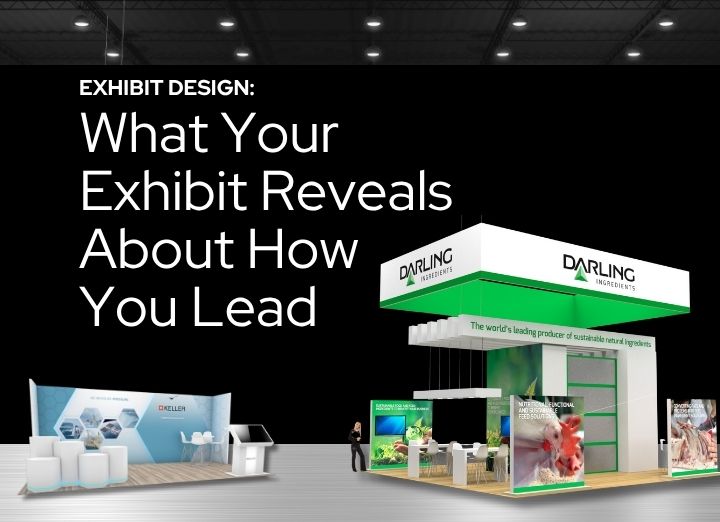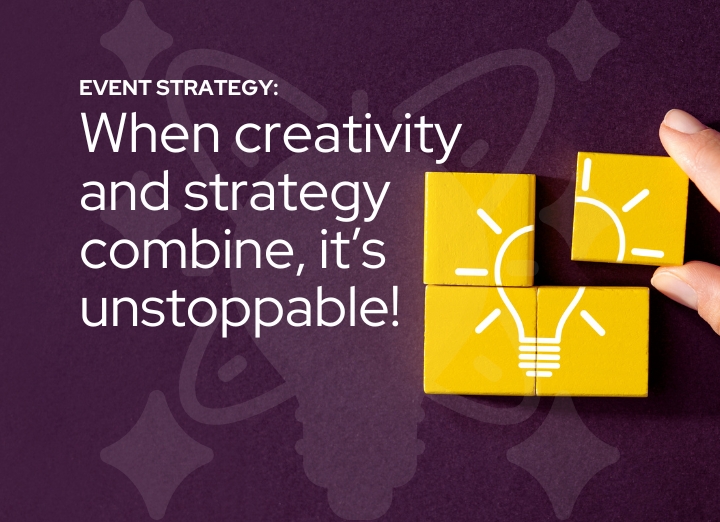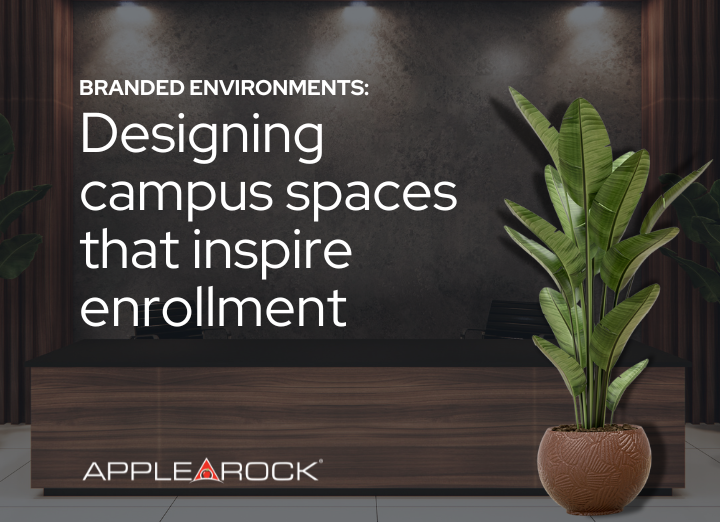When trade show attendees are walking past your booth, you only have a few short seconds to make a strong impression that will make them stop at your exhibit. Highly detailed, vivid graphics allow you to quickly grab the attention of passing visitors. Within three seconds of noticing the image, they should be able to understand who you are, what you offer, and how they will benefit from those products or services.
Graphical Communication
The most important thing to remember when designing graphics is that you must convey your marketing message through a consistent, concise, and breathtaking visual theme. Single out one source of competitive advantage or one customer benefit on which to focus your visuals. Visitors should be aware of the primary benefit your company offers. Do not confuse them by using images with multiple messages. Cluttered images are ignored after a short attempt to derive a simple message. Opinions about your organization will be formed by the way you portray yourself through graphics with color, artwork, photographs, shapes, words, and themes. Manipulate these elements to appeal to your target audience, but don’t risk excluding other potential visitors by being too specific. Develop an integrated theme by using similar graphics on all promotional materials. This will bring consistency to your marketing message and make it much more memorable.
Graphic Surface Options
Images can be printed on fabric, laminate panels, or vinyl. Different textures and shapes help to communicate your message more effectively. You can use photographs, digitally printed images, murals,tension fabrics,or detachable signs to get the look your company needs. Surfaces such as tension fabrics can be made into practically any shape. They are also durable and lightweight, which minimizes shipping costs. However, fabrics can be difficult to clean, so laminate panels may be ideal for outdoor events. Printing methods include digital printing, dye sublimation, direct printing and inkjet printing. There are hundreds of combinations of printing techniques and graphic surfaces available, so do some research and find out what options will make your specific graphics stand out.
Graphic Positioning
Your organization’s name or logo should be displayed on the header panel, up high, near the center of the exhibit. All graphics should be clear from anywhere between five and fifteen feet away. Do not use more than two or three large format images because it will become difficult for attendees to focus on your primary theme. Place more intriguing, vibrant graphics up front to grab attention,and place more informative, textual graphics in the background. Real photographs are great for gaining attention up front because they attract the eyes before other images and they are better remembered then illustrations, especially when appealing people are pictured. Text heavy graphics should be placed in a secondary position and the text should be limited to extremely short sentences without periods. Regardless of exactly where you place your graphics, make sure they are as large as possible.
Limit the amount of text needed to get your message across.





